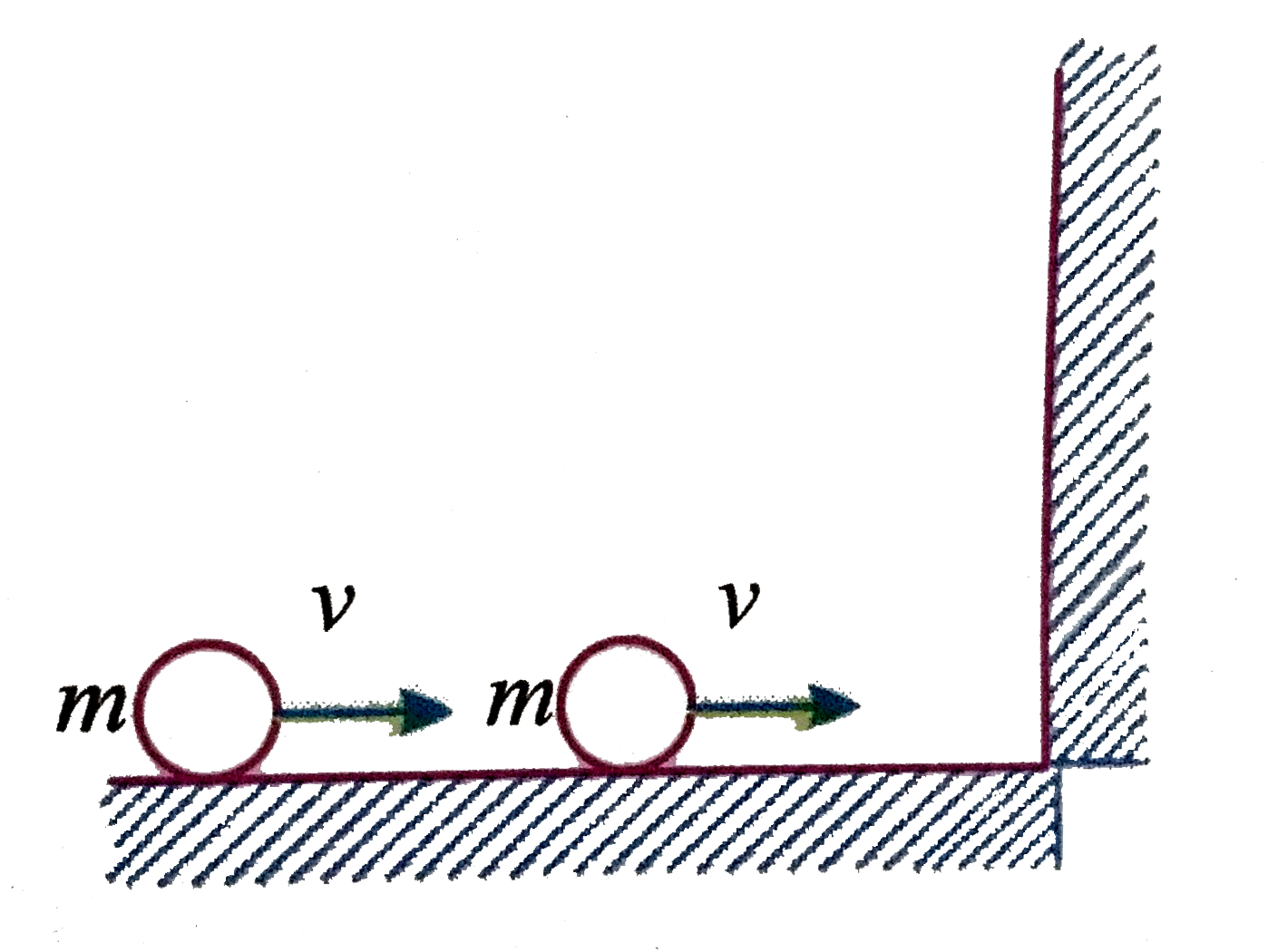A
B
C
D
Text Solution
Verified by Experts
The correct Answer is:
|
Topper's Solved these Questions
WORK , ENERGY & POWER
NARAYNA|Exercise EXERCISE -II (H.W)|75 VideosView PlaylistWORK , ENERGY & POWER
NARAYNA|Exercise EXERCISE -III|54 VideosView PlaylistWORK , ENERGY & POWER
NARAYNA|Exercise EXERCISE -1 (H.W)|60 VideosView PlaylistWAVES
NARAYNA|Exercise Exercise-IV|56 VideosView PlaylistWORK POWER AND ENERGY
NARAYNA|Exercise Level-VI (Integer)|12 VideosView Playlist
Similar Questions
Explore conceptually related problems
Knowledge Check
Similar Questions
Explore conceptually related problems
NARAYNA-WORK , ENERGY & POWER -EXERCISE -II (C.W)
- A stone is tied to a string of length l and is whirled in a vertical c...
07:20
|
Play - A simple pendulum is oscillating with angular displacement 90^(@) For ...
04:08
|
Play - A nail is fixed at a point P vertically below the point of suspension ...
03:43
|
Play - A simple pendulum with a bob of mass 'm' swings with angular amplitude...
05:37
|
Play - A stone of mass 1 kg tied to a light inextensible string of lenth L=(...
05:43
|
Play - A stationary body explodes into two fragments of masses m(1) and m(2)....
02:29
|
Play - A mass of 1 kg is thrown up with a velocity of 100 m/s. After 5 second...
05:04
|
Play - A bob is suspended from a crane by a cable of length l=5 m. The crane ...
02:11
|
Play - Two balls each of mass 'm' are moving with same velocity v on a smooth...
06:44
|
Playing Now - A block of wood of mass 3M is suspended by a string of length (10)/(3...
05:12
|
Play - At high altitude , a body explodes at rest into two equal fragments wi...
03:22
|
Play - Three particles A, B and C of equal mass move with equal speed V along...
02:24
|
Play - Two sphere A and B of equal masses lie on the smooth horizontal circul...
02:40
|
Play - A mass of 2.9 kg is suspended from a string of length 50 cm and is at ...
06:14
|
Play - A block 'A' of mass M moving with speed u collides elastically with bl...
05:45
|
Play - A ball moving with velocity of 6 m/s strikes an identical stationary b...
04:56
|
Play - Two identical balls A and B are released from the position shown in Fi...
07:25
|
Play - A billiards player hits a stationary ball by an identical ball to pock...
Text Solution
|
Play - Statement -I : If collision occurs between two elastic bodies their ki...
02:01
|
Play - Assertion: A quick collision between two bodies is more violent that s...
01:19
|
Play
